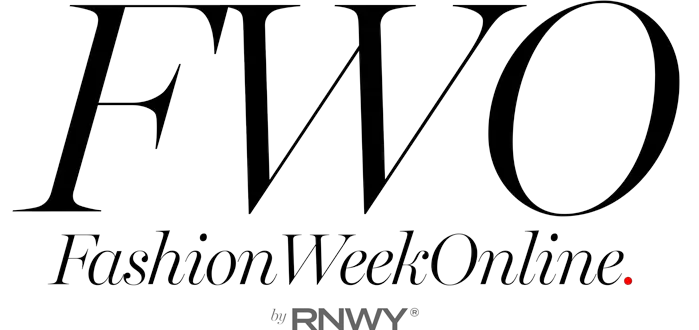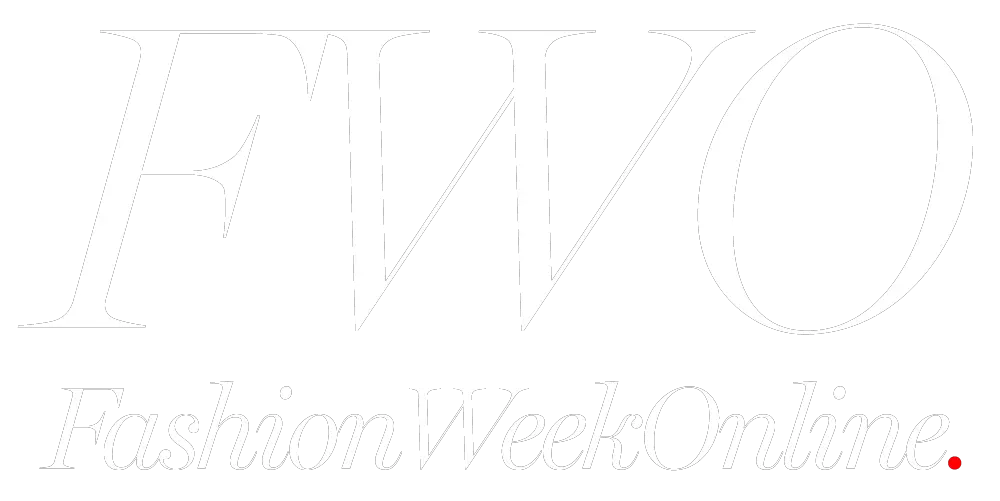In the fashion industry, originality frequently takes center stage.
However, education is just as significant as the couture collections and famous runway shows. Formal training provides budding designers with the resources, discipline, and connections they need to succeed in the cutthroat world of high fashion, even though natural talent is still crucial. You may be wondering if fashion school is truly important if you want to walk the catwalk. Let’s examine that query and others.
The Significance of Formal Education in Fashion Design
We’ve all heard about fashion stars like Coco Chanel and Karl Lagerfeld who became famous without going to school for it. Let’s be honest, though: those are very rare exceptions. Today’s fashion world is very fast-paced and intense, especially at the high fashion level. A formal education is no longer just a nice to have; it’s a must. A structured school gives you more than just artistic growth; it also teaches you how to do things technically, gives you information about the business world, and makes you work creatively in a structured way.
Fashion school teaches budding designers more than just how to use sketchbooks and Pinterest. You can learn how to make clothes, understand textiles, get better at tailoring, and learn about things like fashion history, business, and sustainability. It’s like learning the rules and words of fashion before you write your own story. Also, schools give you access to professional labs, machines used in the industry, and tools such as Adobe Illustrator and CLO 3D that are hard to get at home. One of the most important things they do is connect students with the real world. Top designers give guest lectures, students can do internships at big fashion houses, and alumni networks reach all parts of the global fashion business. Making these links can help you get a job that stands out in a crowded market.
How High Fashion Schools Accept Applications
You’ve made the decision to jump in. However, how can one actually enter? This is a detailed explanation of the application procedure.
Step 1: Research and Choose Your Program
Choosing the right fashion design program is like selecting the ideal fabric for your next collection—it sets the foundation for your entire journey. Begin by researching different schools, reviewing course content, and identifying programs that align with your strengths and career ambitions. Some may focus on garment construction, while others dive deep into digital design, fashion marketing, or sustainability. Along the way, you’ll likely encounter application requirements that include personal statements, essays, or even academic writing samples. If writing assignments aren’t your strong suit, don’t worry – https://ca.edubirdie.com/pay-for-homework can help. Online writing service Edubirdie provides expert writing support to help you complete homework that not only meets expectations but can also improve your grades. That way, you can focus more on building your creative portfolio while submitting polished, professional work that makes your application shine.
Step 2: Get Your Portfolio Ready
Your portfolio is crucial. A compilation of sketches, mood boards, and completed designs that highlight your abilities and aesthetic is your creative résumé. Prioritize quality over quantity. Originality, technical proficiency, and a distinct viewpoint are all desired by admissions officers.
Pro tip: Don’t only focus on the outcome; also include the process. Display your sources of inspiration, early drawings, fabric swatches, and the development of your concepts.
Step 3: Create a Strong Personal Statement in Step Three
Schools want to know your identity and the reasons behind your passion for fashion. Tell your tale with this statement. What prompted you to pursue design? What improvements or changes do you wish to see in the industry?
Step 4: Obtain Suggestions
A powerful recommendation letter from an employer, mentor, or art instructor can have a significant impact. They provide colleges a different viewpoint on your commitment and potential.
Step 5: Do Well in the Interview
Some institutions will ask you to come in for an interview if your application is accepted. This is your opportunity to discuss your work and describe how you came up with it. Be self-assured, truthful, and passionate.
Leading Fashion Schools Worldwide
If you want to work in high fashion, you should find out where the top designers receive their training. The following are a few of the most prominent fashion-related institutions:
- Stella McCartney and Alexander McQueen are two well-known graduates of Central Saint Martins (UK).
- Tom Ford, Marc Jacobs, and Donna Karan all started their careers at the Parsons School of Design in the United States.
- The Fashion Institute of Technology (USA) is renowned for fusing business and design.
- Located in the center of Milan’s fashion sector lies Istituto Marangoni in Italy.
- The premier institution for haute couture is the Ecole de la Chambre Syndicale de la Couture Parisienne in France.
Programs in fashion design, textile design, fashion marketing, and even fashion journalism are available at these fiercely competitive universities. Although the schooling is frequently demanding, what are the results? Worth every night of insomnia.

Advice for Upcoming Students of Fashion Design
It can be both thrilling and intimidating to begin your career in fashion design. Here are some pointers to help you succeed, whether you plan to apply next year or are just considering it.
1. Get Knowledge Outside of the Classroom
Fashion is constantly changing. Keep abreast of fashion news, designer collections, and industry trends. Read magazines like Vogue or Business of Fashion, keep up with Fashion Week shows, and research the creations of both modern and vintage designers.
2. Establish a Robust Work Ethics
Design school is a demanding program. Sewing, sketching, editing, and occasionally failing will take up a lot of your time. Everything is a part of the process. Great designers are created by remaining disciplined and receptive to criticism.
3. Establish Early and Frequently
Learn to know your instructors, fellow students, and business leaders. Don’t be scared to ask for mentorship, volunteer for local shows, and go to fashion events. Who you know might occasionally be just as significant as what you know.
4. Don’t Be Scared to Be Unique
Individuality is celebrated in the fashion industry. Your personal style and vision are what will set you apart. Embrace your individuality, regardless of your preference for minimalist couture or futuristic streetwear.
5. Establish an Online Presence
A designer’s Instagram account can now be just as effective as their portfolio. Showcase your inspiration, work, and process on social media. Even before you graduate, platforms like Instagram, TikTok, and Behance are excellent for expanding your audience.
The Benefits of Fashion Education Over Time
Fashion school can be costly and rigorous, let’s face it. However, that investment frequently pays off in great fashion. Top school graduates have a better chance of landing internships with luxury fashion brands like Dior, Chanel, or Balenciaga. Many go on to become creative directors, start their own brands, or even work as theater and movie costume designers.
The abilities you acquire—from project management to visual storytelling—can be used to a variety of fields, such as marketing, retail, and technology, even if you don’t pursue a career in haute couture.
Is Fashion School Worth It in the End?
Formal education is not only beneficial, but also a calculated step if you’re serious about a job in high fashion. It provides you with the framework, assistance, and expertise you need to realize your idea. Consider it similar to constructing the scaffolding for the tower of your dreams. Your ideas might remain locked on paper without it. They can use it to get to the Paris, New York, or Tokyo runways.
Are you prepared to venture into the realm of high fashion? If you possess the necessary enthusiasm, perseverance, and creative drive, fashion school could be your ideal runway.





